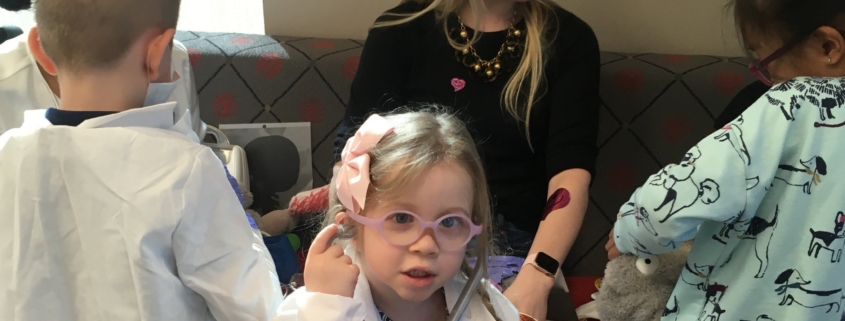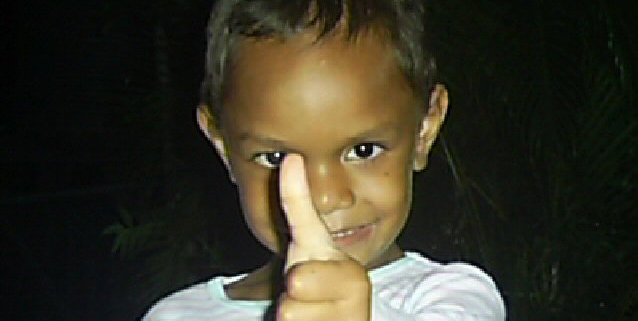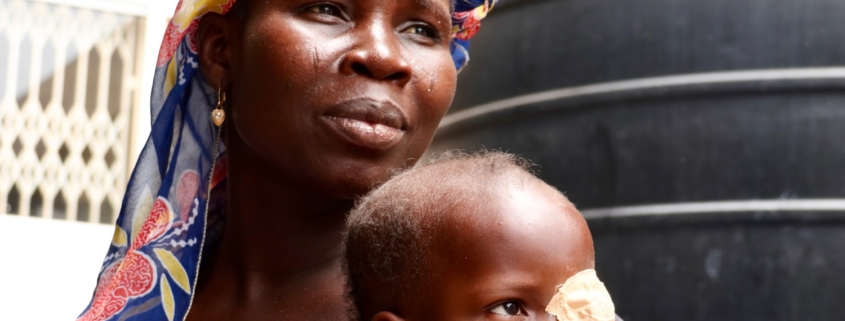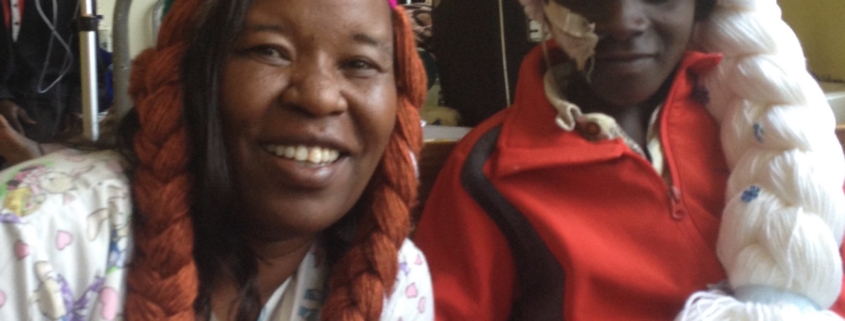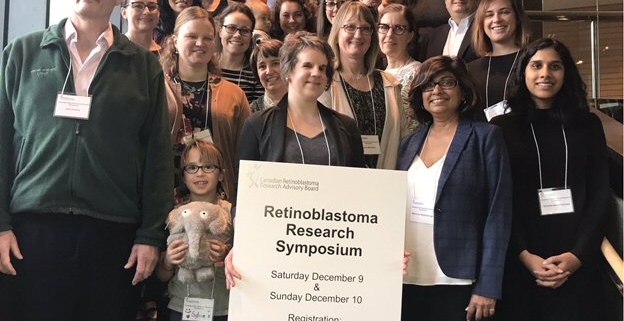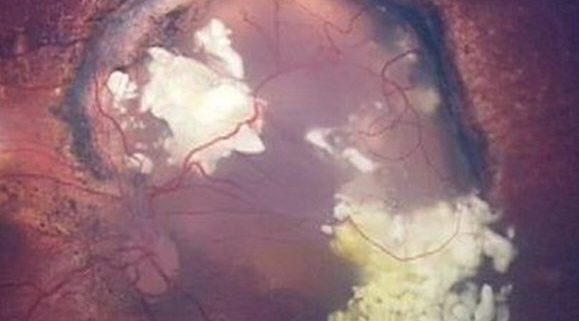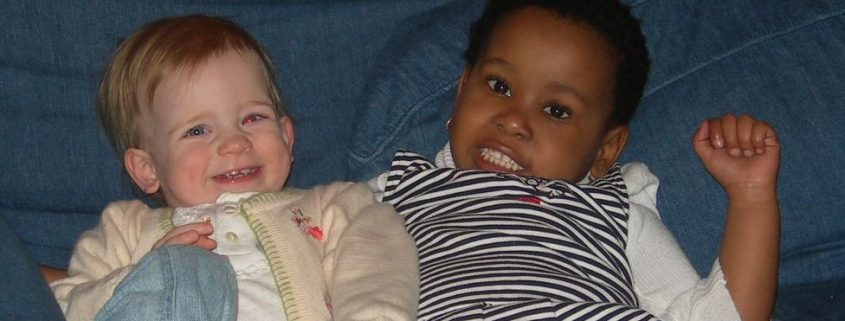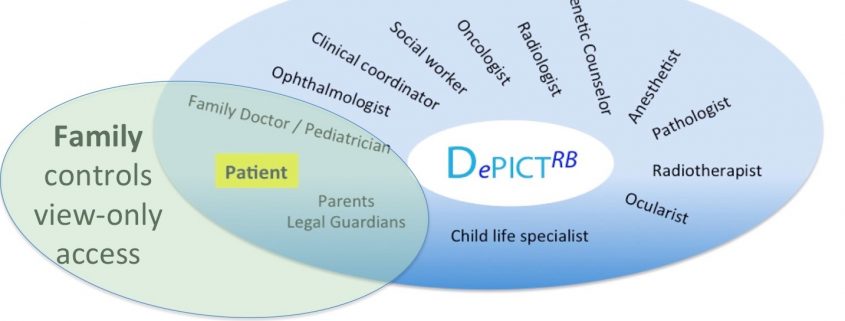One Retinoblastoma World 2020: Inspiring Global Support, Research and Action.
In October, a diverse community of survivors, families and medical professionals came together at One Retinoblastoma World for two days of inspiring panels, research and calls to action. WE C Hope USA President Marissa D. Gonzalez shares a recap of the fifth global conference, and her vision for next year’s event in Hawaii.


